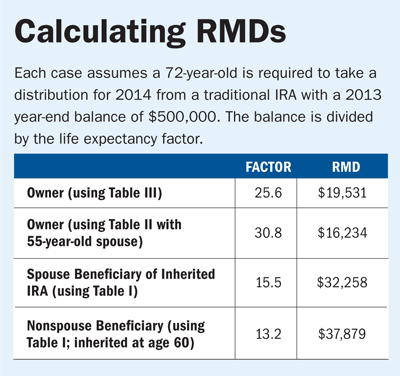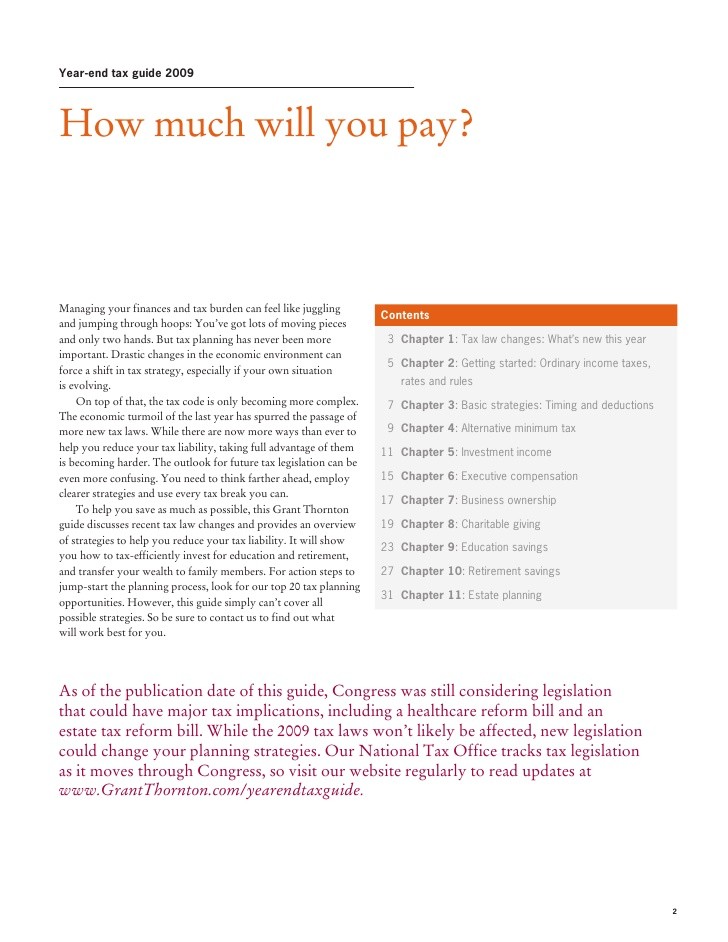Beware of this yearend mutualfund tax trap
Post on: 17 Апрель, 2015 No Comment

DanMoisand
Dan’s Latest Posts
A little due diligence can help avoid unwanted taxes for mutual-fund investors. In this week’s Q&A, I explain how to avoid a common potential mutual-fund investing mistake.
Q. A friend of mine said I should avoid buying mutual funds late in the year because of taxes. Is that right?
A. Not exactly.
Fund managers buy and sell securities throughout the year. When profits exceed losses from those sales, they accumulate and contribute to the rise of the net asset value (NAV) of the fund’s shares. Mutual funds are required by law to pay net gains to their shareholders in capital-gain distributions. When this occurs in a taxable account, you pay taxes on the distribution. There is no tax consequence when this occurs in a retirement account such as an IRA. These distributions typically occur once or twice a year, most frequently in December. When the capital-gain distribution is made, the fund’s NAV, or share price, will be reduced by the amount of the distribution.
For example, let’s say you buy a fund share selling at a NAV of $10 of which $1 a share represents net gains accumulated in the fund during the year from the manager’s sales. A capital gain distribution of $1 will be deducted from the NAV on a specified date, so on that date the fund share price will decline to $9.
You still have $10, but its form has changed. There is $9 in the fund’s NAV and $1 in your pocket or the cash account of your brokerage account. If you didn’t know the distribution was coming it would look as though the fund dropped $1 in value, or 10%, when you looked up its quote for the day. If you automatically reinvest your capital gain distribution, it buys you additional fund shares at the new, lower price of $9 and the total holding is worth $10.
The key date to look for is the record date. If you own the fund on that date, you will receive the distribution and be liable for the tax. Buy the day after the record date and you are in the clear. Remember: Only funds with net gains will make any distributions. A little research will reveal the approximate amount and exact timing of any distributions.
You are being cautioned because if you buy a fund soon before its record date, you will be taxed on a gain you had not experienced. In the above example, you have a $1 capital gain but the holding is still only worth $10. For many this is undesirable.
Again, the total value of your account doesn’t change, only the composition of the holding does—but your cost-basis is now $11. This means that while you get hit with taxes from a distribution now, future taxable amounts will be less by the amount of the distribution. So buying a distribution isn’t necessarily a disaster.
Reviewing your fund holdings and researching the probable gain distributions should be one of many parts of your year end-financial planning. In some cases, you may see that selling a fund prior to its record date results in smaller gain than what will be distributed. It is also possible to find funds in a portfolio that have lost money for you but will still be paying gain distributions.
Q. Dan, I just signed up for my Social Security benefits, which will begin in January when I turn 64. I am divorced and am claiming spousal benefits. My ex is 70 and started collecting at 66, his full retirement age. My benefit at 64 would be $1,039. The spousal benefit is $849. I took the lower amount because I thought when I turn 66 I could switch to my own benefit of approximately $1,229 at that time. Now I have read because I took the spousal benefit my benefit will be permanently reduced. Did I make a big mistake, and if so, is there anyway I can fix it? Thanks — Kate
A. The rules state that prior to your full retirement age (FRA), you cannot claim and choose between your retirement benefit or the spousal benefit when your spouse (or ex-spouse in this case) is receiving benefits. You automatically are deemed to have started your retirement benefits early and you are supposed to receive the larger of your benefit or your benefit plus a spousal supplement, all reduced for starting prior to your FRA. Only at your FRA can you file a restricted application which allows you to choose the spousal payment in lieu of your retirement benefit.
The good news, for you: Within the first 12 months after claiming, if you withdraw your application and pay back any benefits received, the claim will be erased and you will be treated as though you never claimed.

Q. I was reading your September 13, 2013 column this morning, and in your response to R.D.B. of Georgetown, Texas, the last sentence caught my attention: Because she’ll be claiming prior to her FRA, and you have already filed, she will automatically get her spousal benefit which will be less than 50% of your benefit. Although I have researched Social Security, I had not come across this condition, and our financial planner hasn’t mentioned it either. My husband retired this year at age 66 and is drawing his Social Security. I was planning to file next year, at age 63, and I assumed I would get my own benefit at the reduced rate. Am I wrong in this? Will I have to take the spousal benefit until I turn 66 (my FRA)? The difference between these two would be about $600/month, so this would definitely impact our retirement planning. Thank you. FD — Greenwood, Ind.
A. Prior to your FRA, you cannot claim and choose between your benefit or the spousal benefit when your spouse is receiving benefits. You automatically are deemed to have started your retirement benefits early and you are supposed to receive the larger of your benefit or your benefit plus a spousal supplement, all reduced for starting prior to your FRA.
Q. If I start collecting Social Security at 62, will my wife be able to collect 50 % of my benefits when she turns 62, or will the amount she gets be lowered? Thank you for your help, — M T
A. It will be lower because she will not have reached her FRA.
Q. Dan, My Wife is turning 62. She has applied for Social Security benefits. I took benefits at age 68 and receive around $2,528 monthly. What is the best way for my wife to increase her benefit, if at all? Thank You — LR
A. By claiming prior to her FRA, she automatically is deemed to have started her retirement benefits early and is supposed to receive the larger of her benefit or her benefit plus a spousal supplement. The spousal benefit is based upon your primary insurance amounts (PIAs) but is reduced for starting prior to her FRA. PIA is the retirement benefit payable at FRA.
If your retirement benefit is significantly higher than hers, many couples in your situation opt to do exactly as you are doing. The two of you will receive some benefits off her record until either of you passes away at which point the survivor would receive only your higher benefit.
Dan Moisand’s comments are for informational purposes only and are not a substitute for personalized advice. Consult your adviser about what is best for you.














